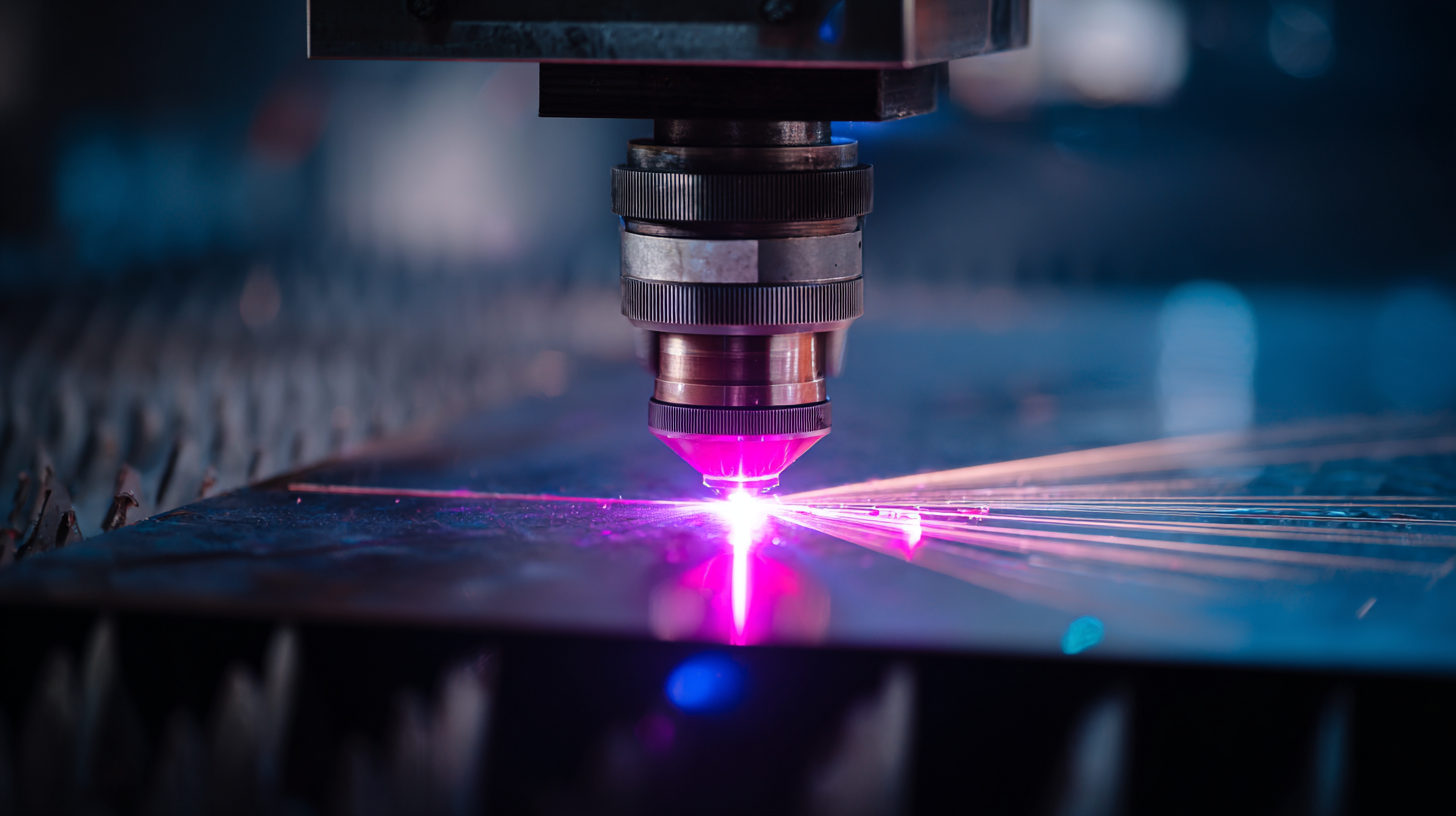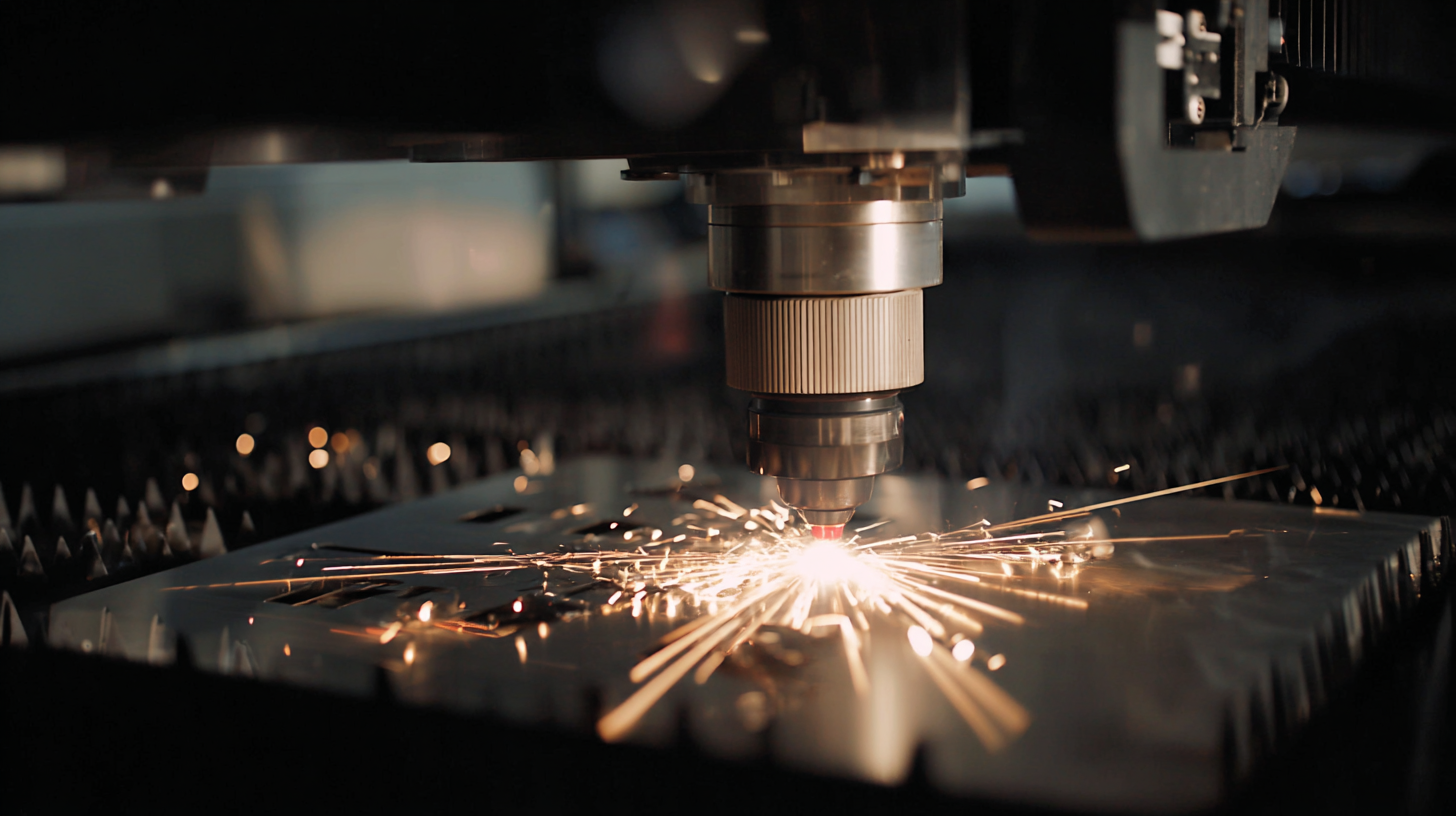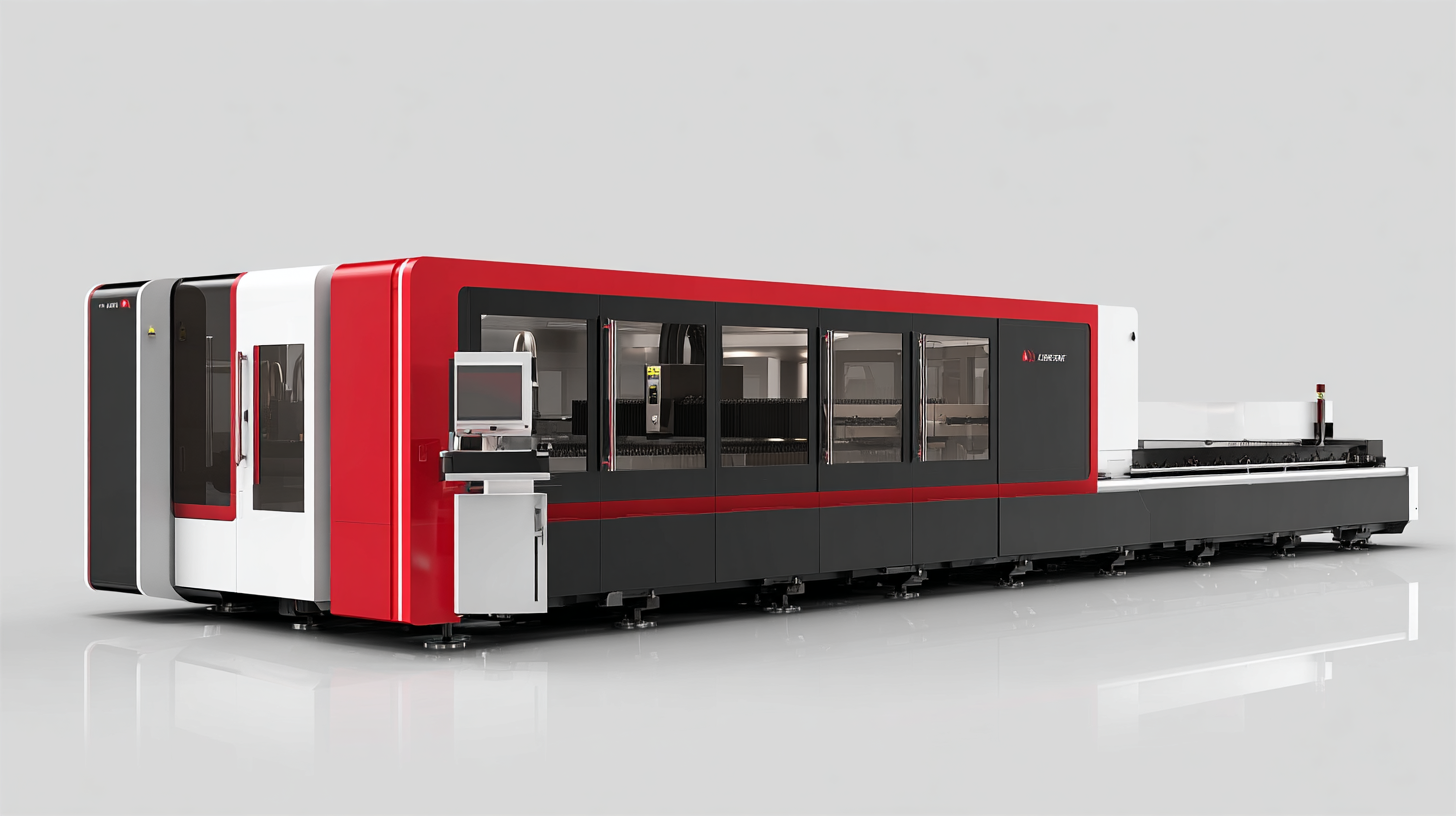Inquiry
Form loading...
-
Phone
-
E-mail
-
Whatsapp
In the rapidly evolving world of precision manufacturing, laser cutting machines have emerged as pivotal tools that enhance efficiency and precision across various industries. According to a recent market report by Research and Markets, the global laser cutting machine market is expected to reach $4.5 billion by 2025, reflecting an annual growth rate of 5.5%. This growth underscores the increasing reliance on advanced manufacturing technologies that deliver superior results compared to traditional methods.
Dr. Emily Schwartz, a well-known expert in the laser technology sector, emphasizes the transformative nature of these machines by stating, “Laser cutting technology not only streamlines production processes but also allows for unparalleled precision, minimizing material waste and maximizing productivity.” As we explore the top five laser cutting machines that are set to revolutionize precision manufacturing in 2025, it becomes clear that these innovations are not just about cutting materials more effectively; they represent a fundamental shift towards smarter, more sustainable manufacturing practices that can meet the demands of modern industries.

The landscape of laser cutting technology is rapidly evolving as we approach 2025, driven by innovations that enhance precision manufacturing. One key trend is the increased application of high-power laser systems. These technologies are pivotal in modern machining processes, offering high energy density and non-contact operations that significantly reduce material deformation and waste. According to recent industry reports, the laser technology market is forecasted to reach USD 37.7 billion by 2033, with fiber lasers and advanced healthcare applications driving much of this growth.
Moreover, the fabric cutting machine market is set to witness substantial growth, projected to rise from USD 3,847 million in 2025 to USD 6,954.7 million by 2035, reflecting a robust CAGR. This surge indicates a strong demand for sophisticated laser technology in textiles and apparel manufacturing. Events like the Engineering Technology Expo will be crucial platforms for showcasing these advancements, enabling stakeholders to explore emerging trends and network with innovative startups, which collectively contribute to the revolution in precision manufacturing. The penetration of cutting-edge optical innovations will further accentuate the transformative capabilities of laser cutting machines in various industries.

In 2025, the landscape of precision manufacturing is poised for transformation with the advent of advanced laser cutting machines. The top five models leading this revolution exhibit key features that enhance efficiency and accuracy. For instance, a recent industry report indicates that these machines can achieve cutting speeds of up to 30 meters per minute, significantly outperforming previous technologies. This increase in speed, coupled with an impressive cutting precision of up to 0.01 mm, demonstrates how these innovations are setting new standards for manufacturing processes.
Moreover, advanced features such as automated material handling systems and real-time monitoring capabilities are becoming standard in the latest laser cutting machines. According to a market analysis by Research and Markets, the integration of AI and IoT technologies in these machines has the potential to reduce waste by approximately 15%, making them not only more efficient but also more sustainable. Additionally, many of these cutting machines now support a wider range of materials, from metals to composites, catering to the diverse needs of modern industries. As manufacturers invest in these technologies, the productivity gains are expected to drive significant cost savings, ensuring competitiveness in a rapidly evolving market.
The impact of laser cutting innovations on precision manufacturing is undeniable, as these technologies continue to shape the industry landscape. According to recent market analyses, the global laser technology market is projected to grow from $18.2 billion in 2024 to approximately $31.4 billion by 2033, representing a robust CAGR of 6.2%. This growth is largely fueled by advancements in fiber lasers, which offer enhanced precision and efficiency compared to traditional cutting methods. As precision engineering relies heavily on accuracy, the incorporation of laser technology is revolutionizing product development across various sectors.
In addition to shaping the market dynamics, modern tube cutting technology is also making significant strides. Businesses are increasingly recognizing the importance of precision in manufacturing to surpass competition and meet consumer expectations. The recent surge in the sheet metal fabrication services market, expected to reach $33.31 billion by 2034 from $21.35 billion in 2024, highlights the critical role of innovative cutting solutions. By leveraging laser capabilities, manufacturers can achieve intricate designs with remarkable precision, ultimately leading to better product performance and customer satisfaction.
The implementation of advanced laser cutting machines is transforming various industries by enhancing precision and efficiency. In the automotive sector, manufacturers are utilizing state-of-the-art laser cutters to produce intricate components with tight tolerances. For instance, a leading automotive company recently adopted a high-powered fiber laser cutter, enabling them to reduce production times by 30% while maintaining superior quality. This not only streamlines the manufacturing workflow but also minimizes waste, demonstrating how laser technology can lead to both environmental and economic benefits.

In the aerospace industry, precision is paramount. Companies are integrating advanced laser cutting systems to fabricate complex parts from high-strength materials like titanium and aluminum. A notable case study involves an aerospace manufacturer that leveraged laser cutting for wing structures, achieving reductions in weight without compromising structural integrity. The ability to cut with high precision allows for more innovative designs and improvements in overall aircraft performance, showcasing the transformative impact of laser cutting technology in producing parts that meet rigorous safety and performance standards.
The evolution of manufacturing is significantly influenced by advancements in laser cutting technology. According to the latest industry report by MarketsandMarkets, the global laser cutting machine market is projected to reach $7.29 billion by 2025, growing at a CAGR of 7.9% from 2020. This growth is driven by the increasing demand for precision engineering in sectors such as automotive, aerospace, and electronics, where tolerances are critical for product integrity.
One of the most exciting prospects is the integration of AI and machine learning with laser cutting machines. These technologies enhance operational efficiency and reduce downtime through predictive maintenance, as highlighted by a report from Deloitte. Companies that adopt these innovations can improve their throughput by up to 30%, allowing for greater customization and faster turnaround times, which are critical in today’s fast-paced market.
Tips: To maximize the benefits of laser cutting technology in your manufacturing process, consider investing in training for your operators on the latest software and machine capabilities. Additionally, regularly evaluate the maintenance schedule to ensure optimal performance and minimize unexpected failures. Embracing these practices can lead to significant cost savings and improved product quality.
| Machine Model | Cutting Technology | Max Cutting Thickness (mm) | Working Area (mm) | Power (W) |
|---|---|---|---|---|
| Model A | Fiber Laser | 20 | 3000 x 1500 | 5000 |
| Model B | CO2 Laser | 15 | 4000 x 2000 | 3000 |
| Model C | YAG Laser | 10 | 2500 x 1250 | 2000 |
| Model D | Fiber Laser | 25 | 5000 x 2500 | 8000 |
| Model E | CO2 Laser | 12 | 6000 x 3000 | 4500 |
